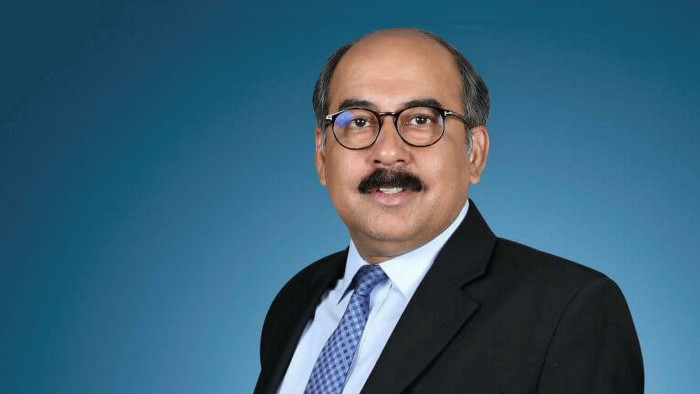Fintech lender targets India’s female entrepreneurs

Roula Khalaf, Editor of the FT, selects her favourite stories in this weekly newsletter.
Eleven years ago, when Devesh Sachdev launched Fusion Microfinance — a small loans provider targeting poor women in India — deeply patriarchal societies in the conservative north were an obstacle to growth.
In states such as Haryana, which borders the national capital territory of Delhi, villagers follow strict gender norms and women traditionally do not exercise control over money in the household.
But Fusion, which provides loans ranging from Rs10,000 ($136) to Rs60,000 ($816) over one to two years, has seen an explosion in growth in recent years as microfinance gains traction and acceptance.
“Nobody would allow their woman to take loans but, in the last two or three years, we have entered [states such as Haryana] and I am amazed,” says Sachdev, chief executive of the company, which is based outside New Delhi.
Fusion aims to have a humanitarian impact by targeting those working in rural agriculture or in the informal sector running small shops and making handicrafts.
Women make up 60 per cent of the unbanked population in the country. “This is a societal change,” says Sachdev, speaking over a Zoom call in India, where coronavirus cases have again been rising sharply, after a months-long lull.
India is home to 190m people without a bank account and the country’s banking sector has had to grapple with the challenge of financial inclusion, especially among low-income households.
As in the rest of south Asia, the microfinance sector has boomed, growing at a rate of 40 per cent in 2019, according to PwC India.
Fusion’s position in the FT ranking of Asia’s high-growth companies reflects the demand for credit among the country’s poor.
The lender ranks 175th on the latest list, having been 150th last year, and now runs operations in 18 states. It has almost 700 branches and assets of Rs46bn.
Sachdev, 48, started his career at Citigroup, then joined a logistics company before co-founding Fusion. He says the company has been profitable for more than five years but has no immediate plans to go public. It is currently focusing on expanding into other services, such as remittances and savings.
Fusion’s blistering growth has already attracted US private equity firm Warburg Pincus, which invested in the company in 2018. Other international investors include Chicago-based Creation Investments, Oikocredit International in the Netherlands, and Spanish fund GAWA Capital.
But Sohini Kar, associate professor of international development at the London School of Economics, warns that microfinance loans do not always have a transformative effect or help women realise their entrepreneurial dreams.
“The argument for women’s empowerment is they will use it for starting a small business but, to be honest, that sort of use is in the minority,” says Kar, who researches microfinance and development in India.
“The loans were taken often for consumption needs, like to pay for school fees for children. They were contributing to household finances. It doesn’t fundamentally change gender relations within the household.” Fusion’s Sachdev says he does not have figures on what proportion of borrowers start businesses versus those who put the funds towards household finances.
But, either way, India’s microlenders have come under increased pressure amid India’s harsh lockdown. According to Sa-Dhan, an Indian industry association, the proportion of outstanding loans in the third quarter of 2020 rose to double digits in some states, including West Bengal, where livelihoods were hit by both coronavirus and a cyclone in May.
Fusion says it has worked to help its customers by respecting a loan moratorium offered by the government and setting up extra support mechanisms such as a helpline.
At the end of August, when New Delhi ended the moratorium, about 20 per cent of Fusion’s 2.2m customers halted repayments. Since then, however, the number has dramatically improved, says Sachdev. “Our [non-performing assets] are less than 5 per cent,” he states.
Uma Kambhampati, professor of economics at the University of Reading, says that with mechanisms in place to keep women in control of the funds, microfinance can be a liberating force. “It remains the case that microcredit still helps, provided it’s a reasonably well-planned structure,” she notes.
Sachdev believes that bringing women into the financial system is critical to helping India recover after the shock of the pandemic. India’s female labour force participation is among the lowest in the world at about 20 per cent, ranking behind Saudi Arabia.
“You need to bring women into the labour market, they have to start contributing,” Sachdev says. “Whatever potential we have achieved as a country is only 50 per cent.”
Comments